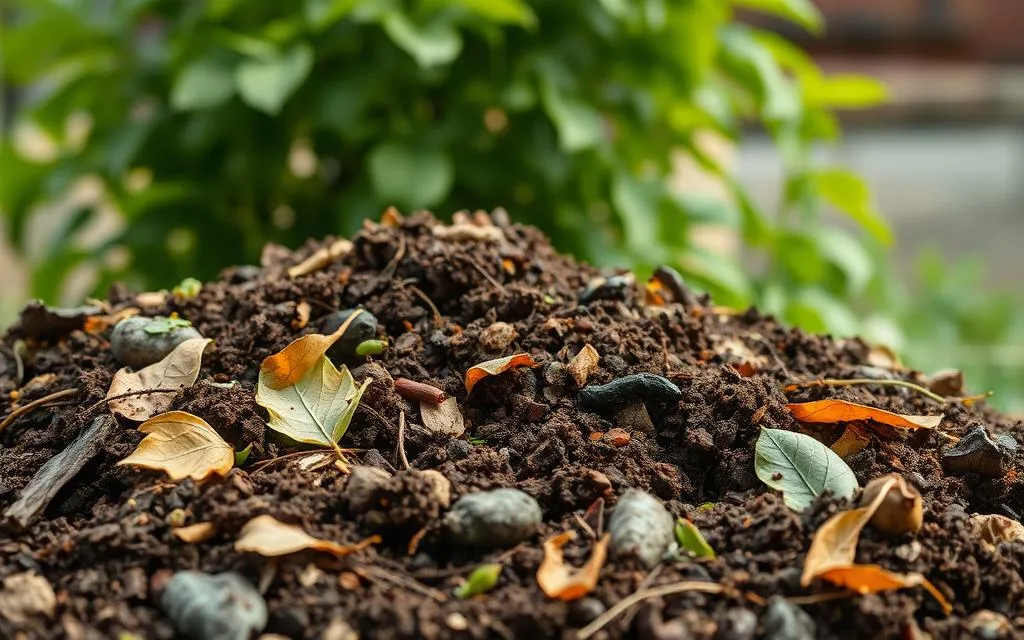5 ways to conserve natural resources: adopt eco-friendly habits to save energy, reduce waste, and protect biodiversity for a healthier planet. Have you ever wondered how small changes in your daily life can help protect the planet for future generations? Conserving natural resources isn’t just an environmentalist’s job—it’s a responsibility we all share. The Earth provides everything we need to survive: clean air, fresh water, fertile soil, and diverse ecosystems. Yet, our increasing consumption threatens these precious resources. The good news? By adopting simple habits, we can reduce waste, save energy, and live more sustainably. In this article, we’ll explore 5 ways to conserve natural resources, offering practical, easy-to-follow tips to make a difference. Whether you’re a student, parent, or professional, these steps will inspire you to take action today. Let’s dive in! 5 Ways to Conserve Natural Resources Conserving natural resources is a critical step toward sustainable living. Below are 5 ways to conserve natural resources, each offering actionable methods to create a positive impact. Let’s explore these practices in depth. 1. Practice Energy Efficiency Energy efficiency is one of the most impactful ways to conserve natural resources. By optimizing how we consume energy, we not only save finite resources but also reduce greenhouse gas emissions that contribute to climate change. Optimize Daily Habits One of the simplest ways to practice energy efficiency is by adjusting everyday habits. Turn off lights when leaving a room, unplug devices when they’re not in use, and avoid overusing heating or cooling systems. Setting thermostats a degree lower in winter or higher in summer can significantly save energy. Use Energy-Efficient Technology Investing in energy-efficient technology is another powerful way to conserve resources. Appliances labeled with Energy Star certification consume less power without sacrificing performance. LED light bulbs, for example, use up to 75% less energy than incandescent ones and last longer, reducing waste. Embrace Renewable Energy Transitioning to renewable energy sources like solar, wind, or geothermal power is a game changer. Installing solar panels at home or subscribing to green energy plans can dramatically reduce dependence on fossil fuels. Though the initial cost might seem high, renewable energy systems pay off in long-term savings and environmental benefits. 2. Reduce, Reuse, and Recycle The “3Rs” principle—reduce, reuse, and recycle—forms the backbone of sustainable living. Each aspect contributes to conserving natural resources by minimizing waste and maximizing resource efficiency. Reduce Consumption Reducing consumption involves making mindful choices to minimize waste from the start. Opt for products with minimal packaging, buy only what you need, and avoid single-use items like plastic bottles and bags. By consuming less, you reduce the demand for raw materials and energy. Reuse Everyday Items Reusing extends the lifecycle of products, reducing the need for manufacturing new items. Repurpose jars as storage containers, use cloth bags instead of plastic ones, and upcycle old furniture rather than discarding it. This practice reduces waste and promotes creativity. Recycle Correctly Recycling involves converting waste into reusable materials. It reduces the need for raw materials, conserves energy, and minimizes landfill waste. Ensure you follow local recycling guidelines, separating materials like paper, metal, and plastics. Proper recycling significantly lightens the environmental burden. 3. Conserve Water Water is essential for life but is increasingly scarce in many regions. By adopting water-saving practices, individuals and communities can protect this invaluable resource. Fix Leaks and Save Indoors A single dripping faucet can waste thousands of gallons of water annually. Regularly inspect and repair leaks in plumbing to prevent wastage. Additionally, installing water-efficient fixtures like low-flow showerheads, faucets, and toilets can help conserve significant amounts of water. Optimize Outdoor Water Use Outdoor water use, particularly for lawns and gardens, can be optimized through smarter irrigation techniques. Use drip irrigation systems that deliver water directly to plant roots, reducing evaporation. Water your garden during cooler parts of the day to minimize loss from heat. Collect and Reuse Rainwater Rainwater harvesting is an innovative way to conserve water. Installing rain barrels or cisterns to collect runoff from roofs allows you to use rainwater for non-potable purposes like watering plants or washing vehicles, reducing demand on municipal water supplies. 4. Protect Forests and Wildlife Forests and wildlife are integral to Earth’s ecosystems. They regulate the climate, support biodiversity, and provide vital resources. Protecting these natural assets is crucial for a sustainable future. Participate in Reforestation Projects Reforestation involves planting trees in areas that have been deforested. Joining or supporting local and global reforestation initiatives can help restore ecosystems, improve air quality, and combat climate change. Each tree planted has long-term benefits for the environment. Avoid Products Linked to Deforestation Many everyday products contribute to deforestation, such as palm oil, paper, and timber. By choosing sustainably sourced alternatives certified by organizations like the Forest Stewardship Council (FSC), consumers can support responsible production practices that protect forests. Advocate for Wildlife Conservation Wildlife is often displaced or endangered due to habitat destruction. Supporting wildlife conservation efforts, such as donating to sanctuaries or joining eco-initiatives, can help protect species and preserve biodiversity. Education and awareness are also powerful tools for encouraging others to act. 5. Adopt Sustainable Agriculture Practices Agriculture sustains human life, but it can also strain natural resources if not managed sustainably. Adopting eco-friendly farming practices can reduce environmental harm while ensuring food security. Practice Organic and Regenerative Farming Organic farming avoids harmful synthetic chemicals, protecting soil health and preventing water contamination. Regenerative farming takes it a step further by focusing on restoring soil biodiversity and improving ecosystem resilience through methods like cover cropping and no-till farming. Minimize Food Waste Reducing food waste is a critical part of sustainable agriculture. Plan meals, store food properly, and compost organic waste instead of discarding it. When food is wasted, the resources used to grow, transport, and prepare it are also wasted. Support Local and Seasonal Produce Buying from local farmers and choosing seasonal produce reduces the environmental impact of transportation and storage. It also supports local economies and encourages more sustainable farming practices by reducing dependency on






